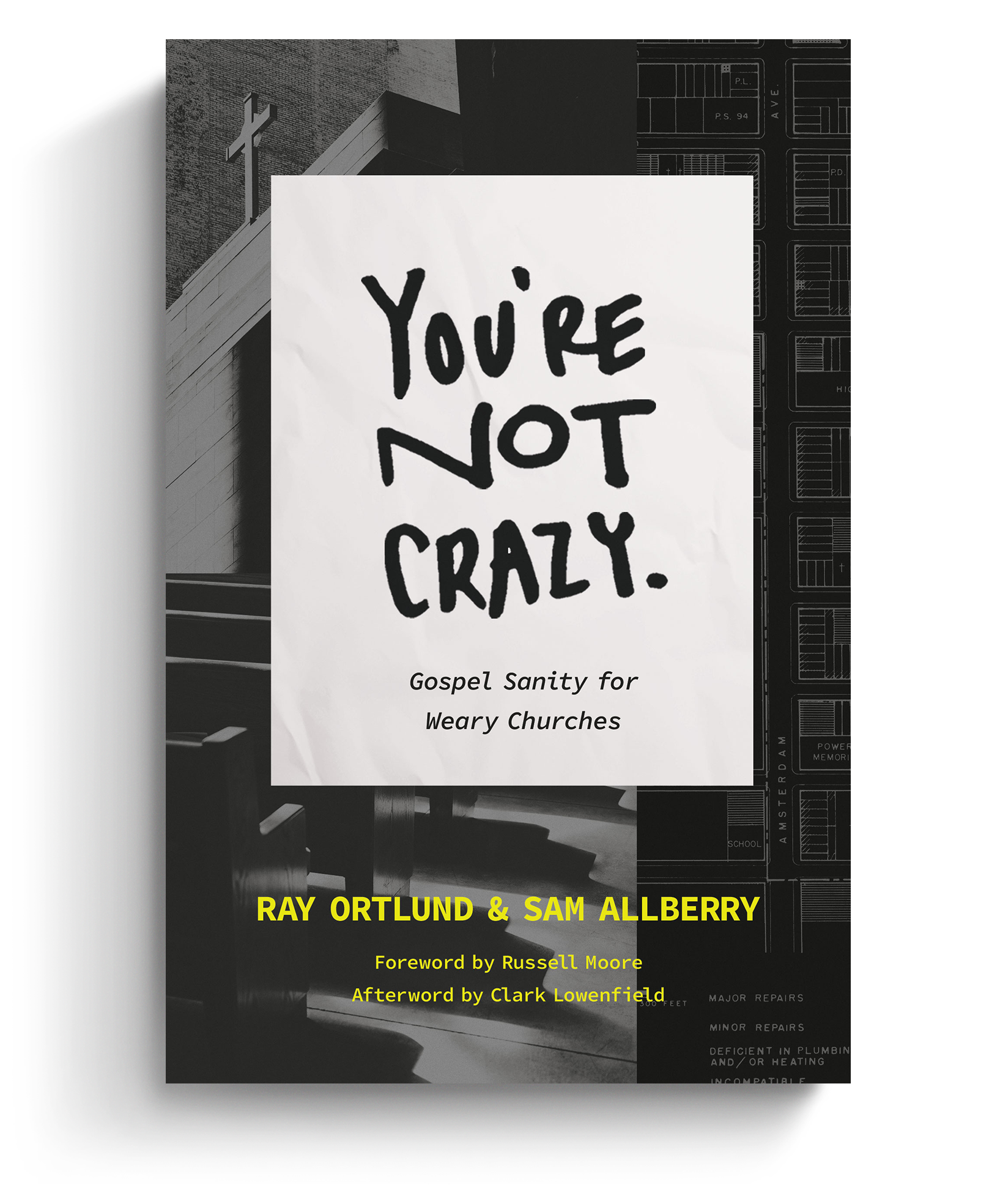Many church leaders feel the tension of deciding how much money to spend on facilities. Should we aim high and build lasting cathedrals or be minimalists for the sake of our fellow Christians who lack such resources? We opened this series with David Platt explaining that he’s “not convinced that large buildings are the best or only way to use God’s resources.” David Gobel responds in this post. You can also read Matthew Lee Anderson’s “Buildings Matter Because Bodies Matter” and J. D. Greear “We Want to Stay Light and Mobile, Flexible and Ready.”
Editor’s Note: Many church leaders feel the tension of deciding how much money to spend on facilities. Should we aim high and build lasting cathedrals or be minimalists for the sake of our fellow Christians who lack such resources? We opened this series with David Platt explaining that he’s “not convinced that large buildings are the best or only way to use God’s resources.” David Gobel responds in this post. You can also read Matthew Lee Anderson’s “Buildings Matter Because Bodies Matter” and J. D. Greear “We Want to Stay Light and Mobile, Flexible and Ready.”
Picture a typical suburban landscape in America: a six-lane arterial strip punctuated by traffic lights, big-box retailers, multiplex cinemas, patches of “landscaping,” a barrage of signs, and plenty of parking. Now picture a typical church in such a landscape: a prefabricated, windowless “worship center,” dominated by a performance stage and surrounded by a sea of parking. It is a combination of the big-box retailer and the cinema. A culture that builds such landscapes and such churches, we might reasonably assume, is a culture that is privatized, consumer driven, and amusement oriented. Our buildings are vivid expressions of our culture and like the rest of our culture, our church architecture is in serious need of reform.

So, how can we build churches that are truly reformational? Let’s begin by recognizing that the church is primarily a body of believers, not a building. The New England Puritans understood this, calling their church buildings meetinghouses. In saying this, they recognized that places for public worship must not be considered “sacred.” Of course, this Reformed view of church architecture is at odds with much of architectural history and with much of contemporary church architecture. Most of the world’s great church buildings were built to create a sense of “the sacred.” While we admire the beauty and ingenuity found in such churches, we must join the 17-century Puritans in rejecting the faulty theology laid in their foundations.
Some would contend, however, that such an anti-sacramentalist, utilitarian approach leads to a disregard for beauty altogether and, ultimately, to the unsightly big-box churches I described earlier. Indeed, there might be some truth in this critique. But it need not be so.
Worship and Witness
I suggest that we approach church architecture in terms of worship and witness. Worship is the purpose of the church. Worship, as we understand it from the teaching of Scripture, consists of the reading and preaching of the Word, public prayer, congregational singing, and the celebration of the sacraments. The building in which we worship is the physical setting for this supremely important activity, but it is not to be worshiped itself, nor should it distract us or lead us to worship any created thing. A Reformed church architecture should be, at the outset, supportive of and subordinate to Christian worship. But this does not mean that it must be unattractive or drearily utilitarian.
According to John Calvin, the chief principle governing public worship is decorum, a concept that describes how we are to behave, dress, and, I would add, build. Decorum is a general principle that encompasses propriety, gracefulness, dignity and, yes, beauty. Indeed, these are the qualities that should be sought in church architecture. The dignity, decorum, and beauty that we seek in designing places for public worship should extend also to the external witness of the church. We must not forget that, besides being a gathered body of believers, the local church is also an earthly institution. Like all civic and commercial institutions, when churches construct buildings, they are building public statements about their identity. All buildings—whether art museums, gas stations, big-box retailers, or churches—bear witness to the institutions they serve.
Churches cannot ignore their civic role. The location, site planning, quality of materials, craftsmanship, and design of a church building either contribute to or detract from the overall quality of the built environment of a community. Churches must consider, not only the architectural design of their buildings, but also their relationship to the streets, blocks, and neighboring buildings of the surrounding community. Like all of society, our culture’s built environment is in dire need of reformation. Sprawling landscapes of multilane highways, disconnected developments, and warehouse-style buildings are indicative of a self-absorbed society that is far from pursuing the true chief end of man. The automobile-oriented, big-box, entertainment-style worship centers built by many churches today seem only to perpetuate such culture. How we build our churches is a matter too long ignored. Reformed churches should build buildings fit for the supreme task of corporate worship while contributing to the beauty and welfare of the city of man.
Are You a Frustrated, Weary Pastor?
 Being a pastor is hard. Whether it’s relational difficulties in the congregation, growing opposition toward the church as an institution, or just the struggle to continue in ministry with joy and faithfulness, the pressure on leaders can be truly overwhelming. It’s no surprise pastors are burned out, tempted to give up, or thinking they’re going crazy.
Being a pastor is hard. Whether it’s relational difficulties in the congregation, growing opposition toward the church as an institution, or just the struggle to continue in ministry with joy and faithfulness, the pressure on leaders can be truly overwhelming. It’s no surprise pastors are burned out, tempted to give up, or thinking they’re going crazy.
In ‘You’re Not Crazy: Gospel Sanity for Weary Churches,’ seasoned pastors Ray Ortlund and Sam Allberry help weary leaders renew their love for ministry by equipping them to build a gospel-centered culture into every aspect of their churches.
We’re delighted to offer this ebook to you for FREE today. Click on this link to get instant access to a resource that will help you cultivate a healthier gospel culture in your church and in yourself.



























